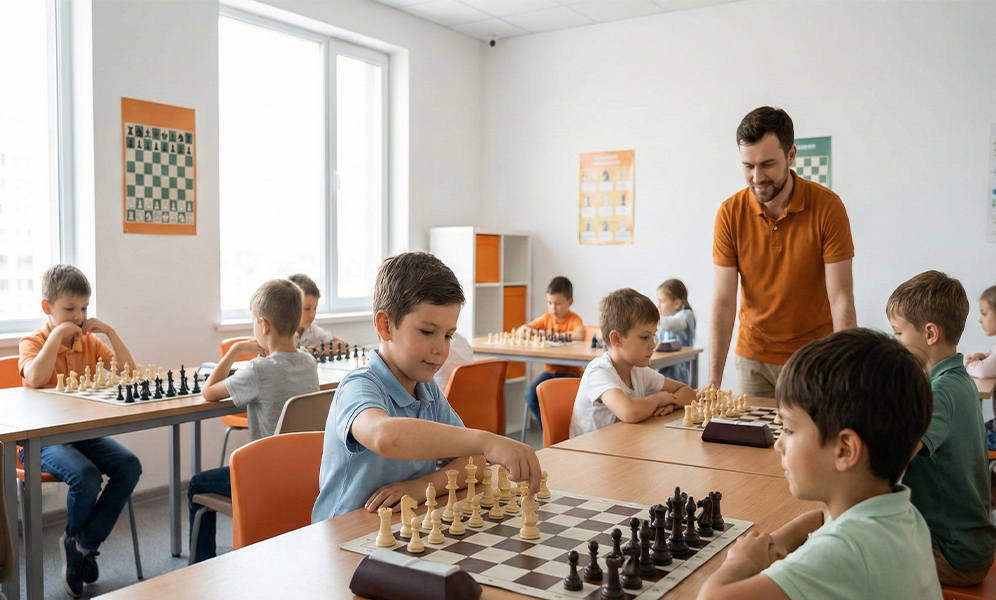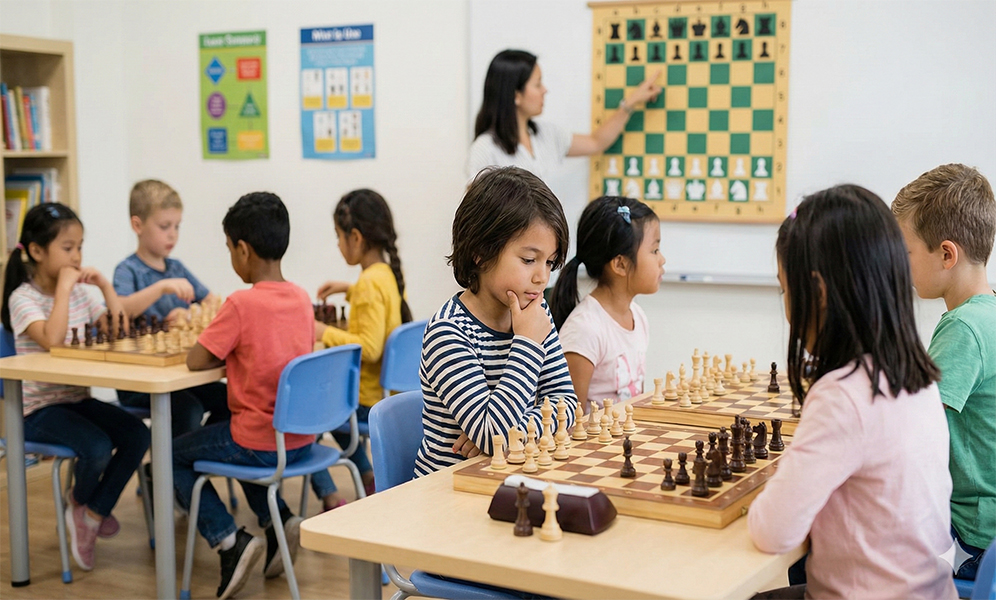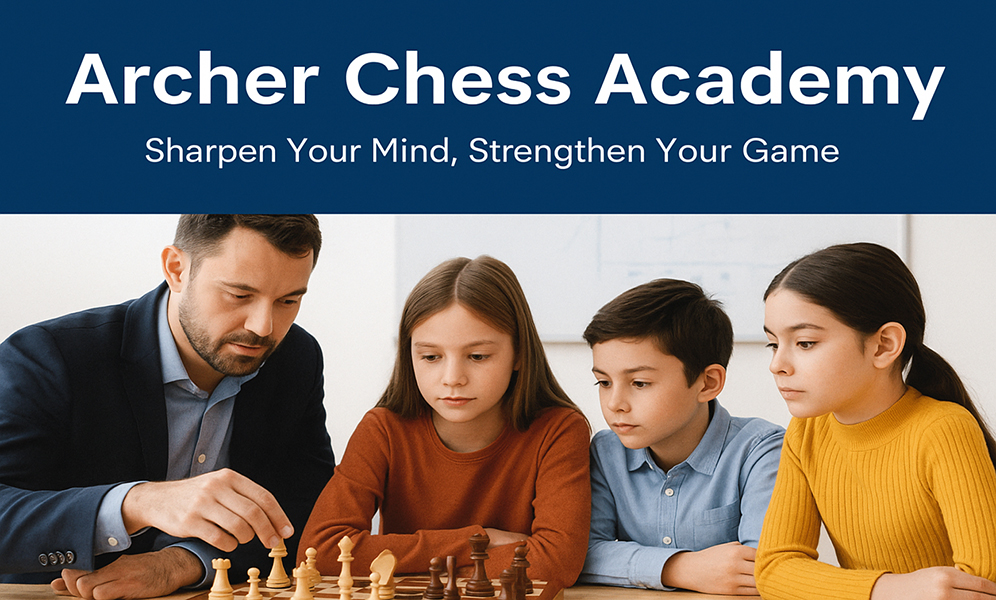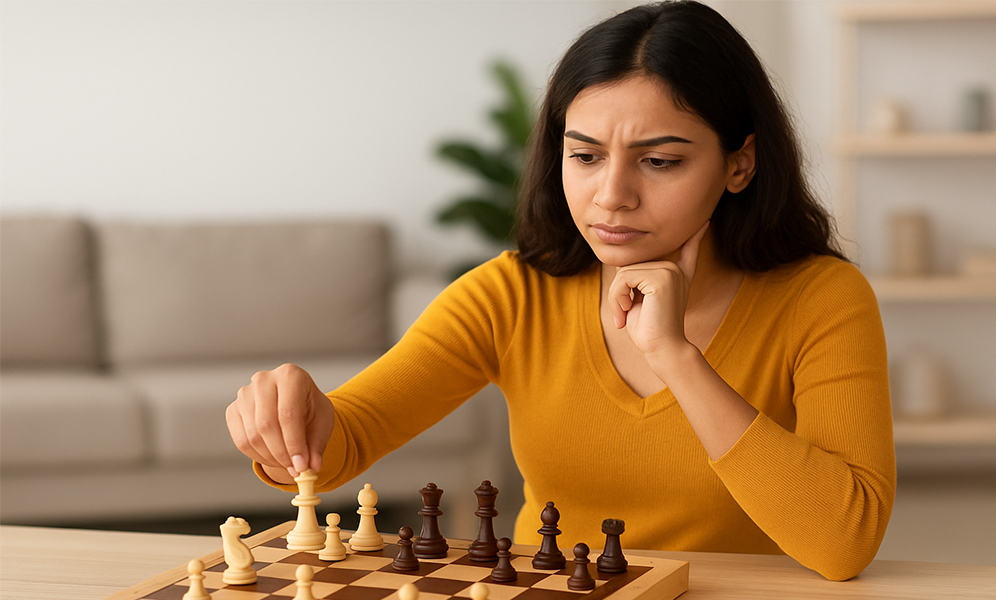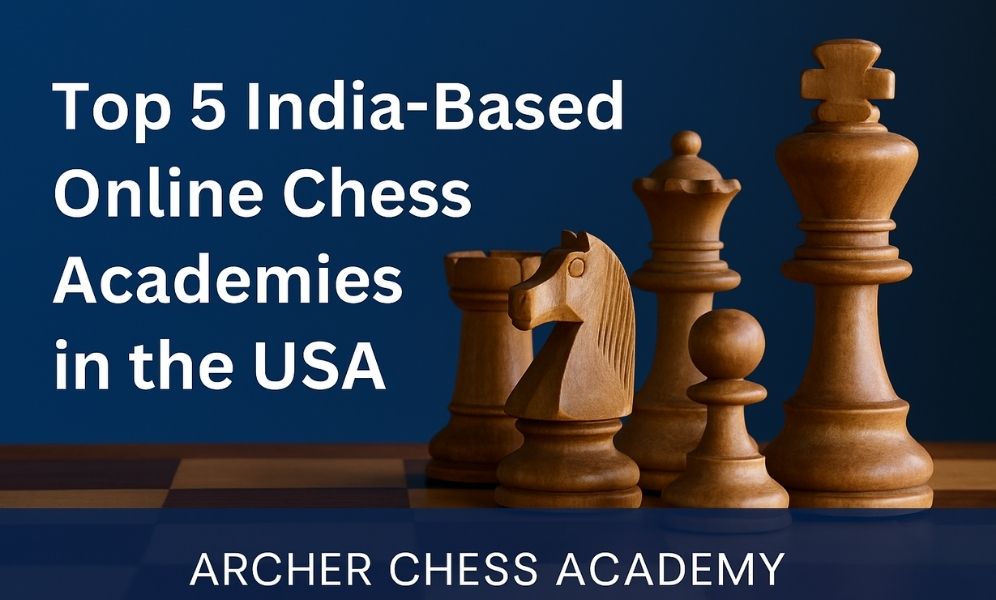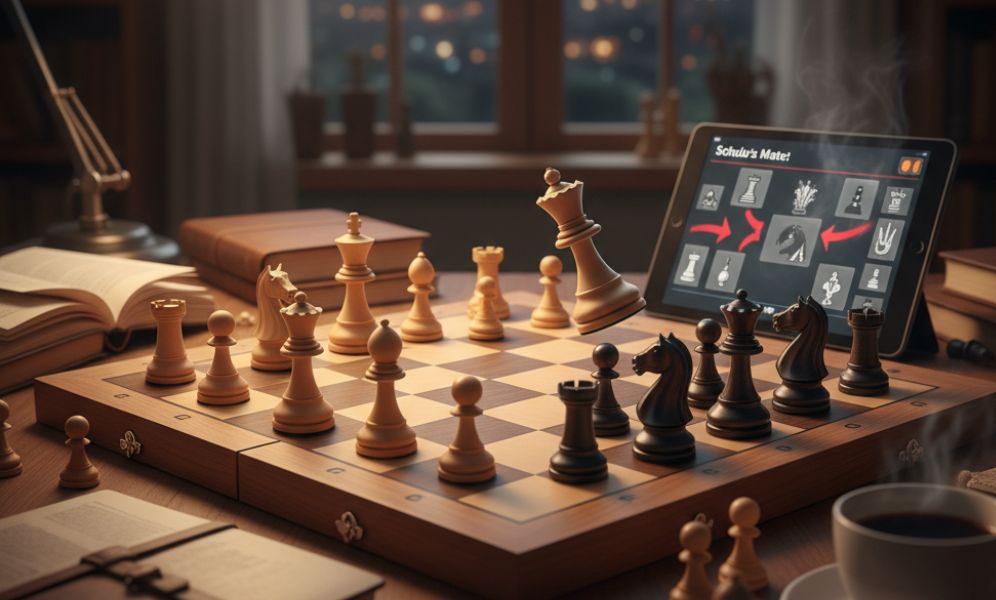What is the Poisoned Pawn?
In chess, a poisoned pawn is a pawn that appears to be free for the taking — but capturing it leads to danger. This concept occurs in various openings and requires deep calculation to decide whether the risk is worth the reward.
At Archer Chess Academy, we teach kids how to evaluate these situations and think critically before grabbing material.
Why Kids Should Learn About the Poisoned Pawn
Teaches Risk Management: Kids learn that not all free pieces are safe.
Improves Positional Evaluation: Encourages thinking about consequences, not just immediate gains.
Builds Opening Awareness: Introduces deeper strategic concepts in familiar openings.
Famous Examples of Poisoned Pawns
In the Sicilian Defense (Najdorf Variation), Black often offers a b2 pawn.
In the Queen’s Gambit, the c4 pawn can lure Black into early traps.
We show students these scenarios and explain why top players either take or decline the offer.
How Archer Chess Academy Guides Students Through It
In our online chess classes for kids, we:
Break down poisoned pawn examples from real games.
Offer interactive lessons and puzzles based on this theme.
Teach practical decision-making: when to go for material and when to play safe.
Develop Smart Decision-Making Skills
The poisoned pawn teaches kids to slow down, analyze, and avoid greedy mistakes. At Archer Chess Academy, we build smart players who know when to attack and when to hold back.


